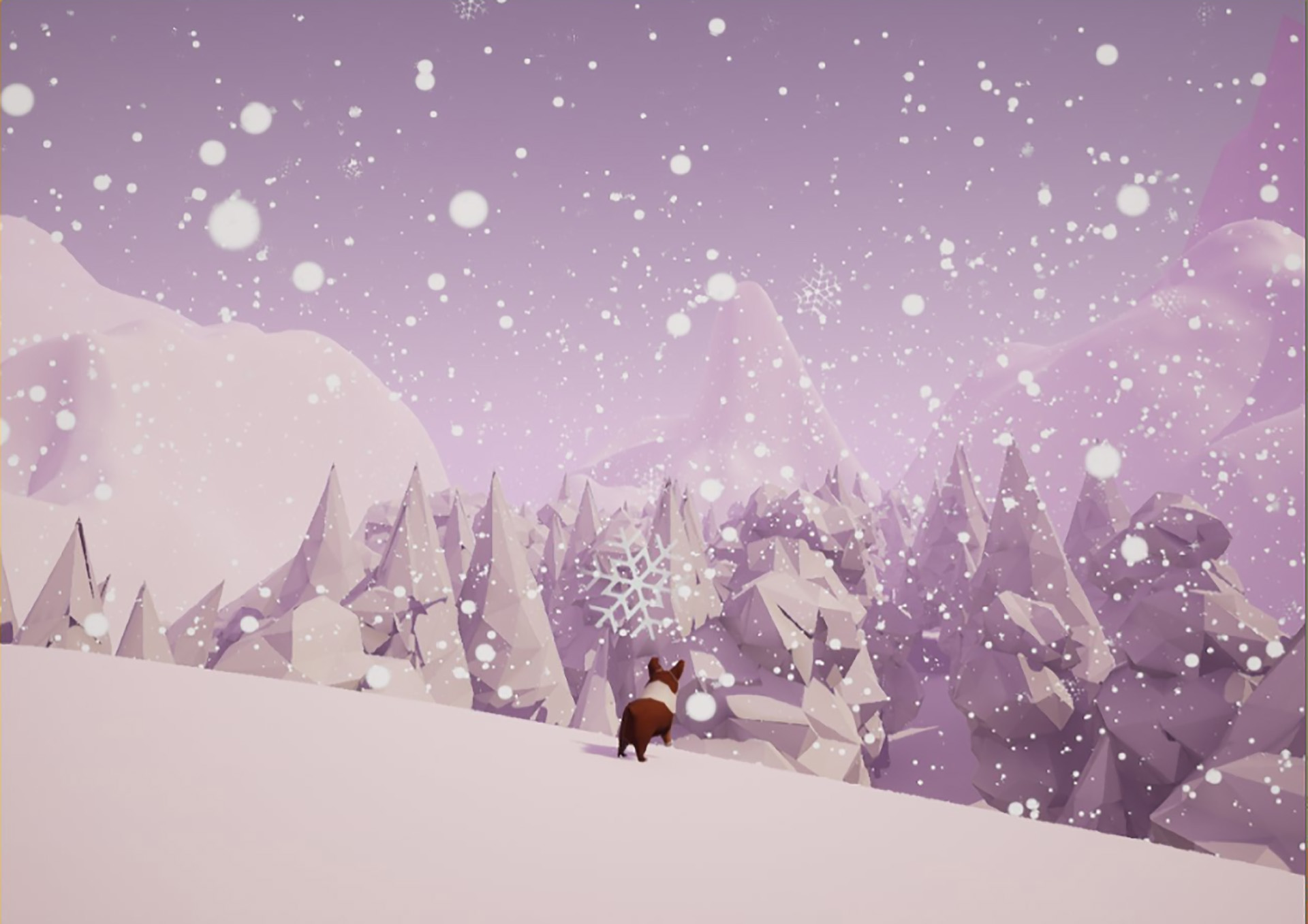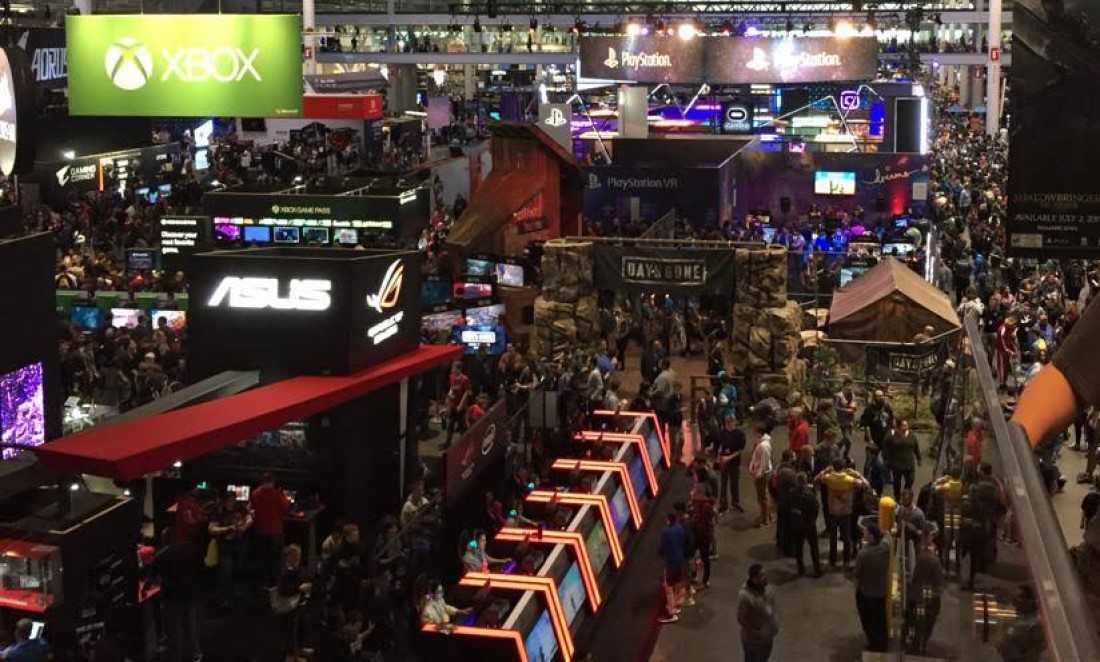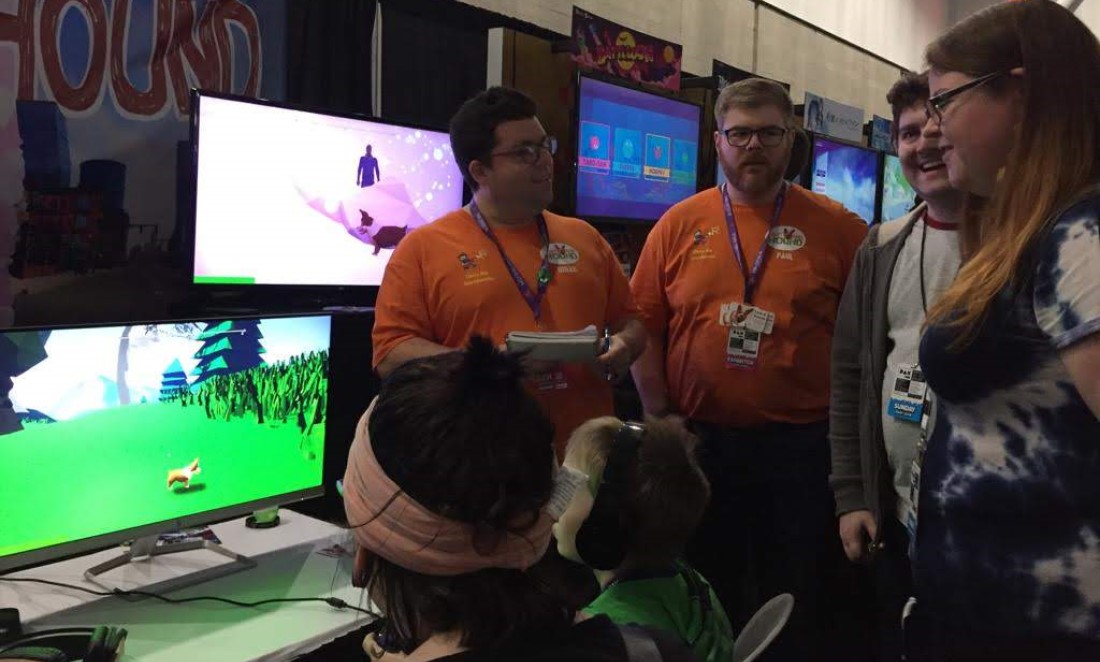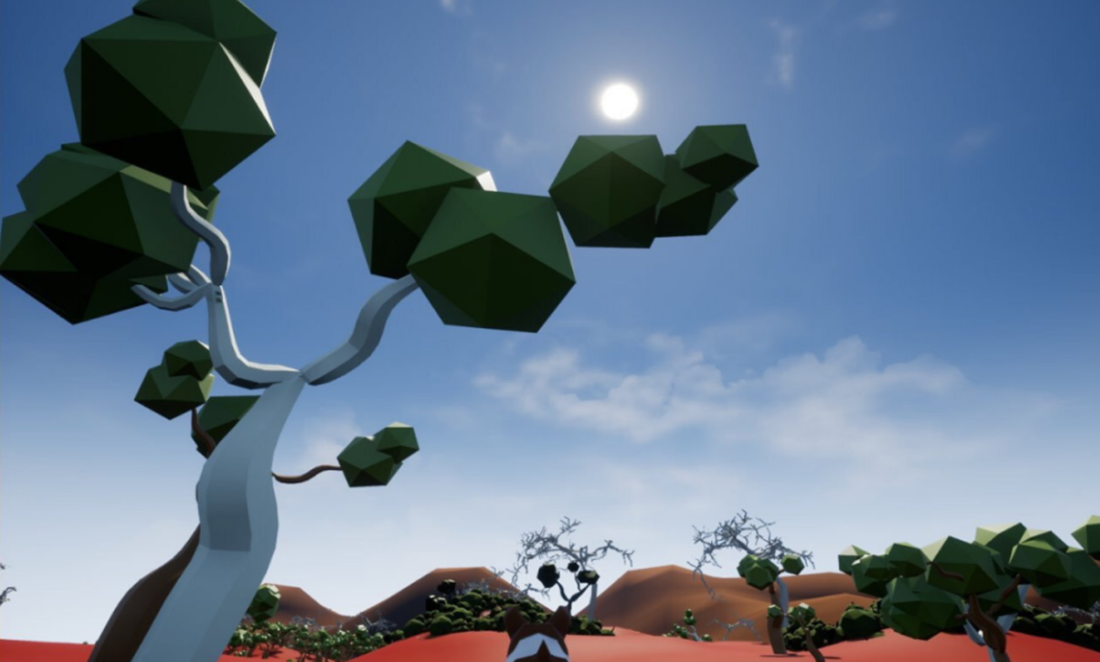Making entertainment accessible to as many people as possible can be challenging, especially for video games which rely heavily on visuals.
The International Game Developers Association estimates 10 to 20% of people don’t play video games because of a disability.
The concept of creating a video game for blind people might seem unusual, but the idea is being embraced by game designers including West Aussie indie game developer Brian Fairbanks.
Brian’s rescue dog adventure game Lost and Hound is fully accessible for visually impaired people.
As tracking dog Biscuit, the player follows an audio trail that reflects a dog’s powerful sense of hearing to complete a rescue mission.
Each level draws inspiration from real-life search and rescue dog situations, such as sniffing out survivors in rubble after earthquakes and in collapsed mines.
Even a scent trail is represented through a low, pleasing hum.

Accessibility awareness
Brian’s aim was to create a video game that was accessible to the blind gaming community but visually appealing enough to entertain mainstream gamers.
He believes it’s important to make video games more accessible.
“[Vision impaired people] are the only segment of society that we as game developers have done such a terrible job at trying to meet their needs,” Brian says.
“They’ve literally gone off and made their own genre called audio games.”
Brian says accessibility is often an afterthought at the end of the production process.
“You don’t make a game and then say what can I do for people with a cognitive impairment, hearing impairment, visual impairment?” he says.
“You need to start [with accessibility in mind] at the very beginning.”
How does it work?
Lost and Hound looks like a regular game, but if you play with headphones, you can complete the levels using audio alone.
Brian says vision impaired players are better at the game than sighted players.
“[Sighted people] don’t use sound to inform their decisions, it’s more reactionary … but blind people do all the time so they’re much better at the game,” he says.
“When you think about how much information can be transmitted through sound alone, the breadth of what you can do is incredible.”
Showcasing WA gaming innovation
Lost and Hound’s unique gameplay earned Brian a travel grant from the WA Government as part of a new International Access Pass program.
The program helps connect WA game developers with key players in the global industry and covers travel to major games industry conferences.
Brian used his International Access Pass to show Lost and Hound at the PAX East gaming festival in Boston, Massachusetts, in March.
Lost and Hound gained new fans at the 4-day expo with over 200 players giving it a go.

Barking up the right tree
Brian is also part of a tech startup game studio, Ebon Sky Studios, which is developing a custom game engine software that enables blind people to create their own video games.
“We’re creating a framework so people who are blind can make games without code,” he says.
“Nobody else in the world is doing this as far as I know.”

Vision impaired users will be able to create video games using voice control to select options from a series of audio menus (such as “brick house”) to create a game world.
Lost and Hound is coming to Steam later this year.
For more accessibility resources, see Able Gamers and Audiogames.net.









